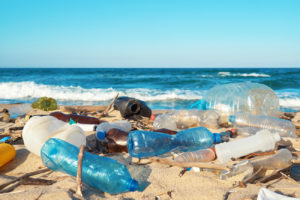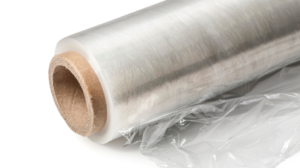How Much of Canada’s Plastic is Recycled?
Canada recycles just 9 per cent of its plastics with the rest dumped in landfill and incinerators or tossed away as litter.
After 30 years of recycling programs that force residents to collect, wash and fill blue boxes with plastic bottles, bags and containers, it turns out that in 2016 more than 3.2 million metric tonnes ended up as garbage, according to the summary of a report produced by Deloitte for Environment and Climate Change Canada.
Of that amount, 86 per cent went to landfill, 4 per cent to incinerators and 1 per cent — 29,000 metric tonnes — ended up as litter which can contaminate lakes and oceans. Most of the wasted plastic comes from offices, institutions or industries.
The total amount of plastics consumed in Canada in 2016 was 4.6 million metric tonnes, said the report, called Economic Study of the Canadian Plastic Industry, Markets and Waste. The majority of plastic waste comes from packaging, for products such as computers or children’s toys, with lesser amounts from automotive parts, electronics, textiles and construction.



